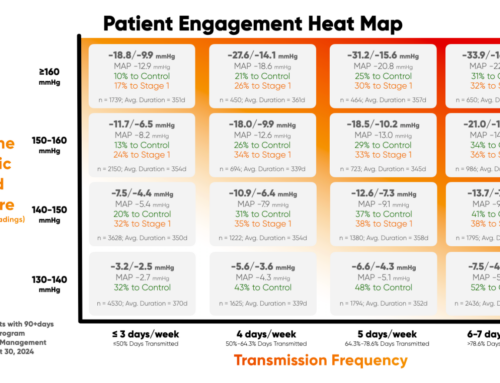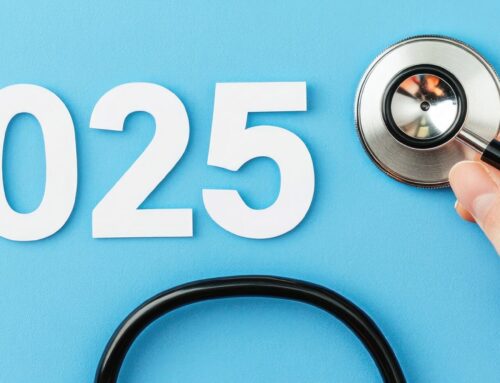According to the Bureau of Primary Health Care (BPHC) under the Health Resources and Services Administration (HRSA), the Health Center Program serves roughly 20 percent of the rural residents. An extensive list of health services provided by the health centers includes primary care, preventive care, chronic disease management, behavioral health, and other specialty and ancillary services, such as dental, laboratory, radiology, transportation, and social services.
All About FQHCs
Federally Qualified Health Centers (FQHCs) include federally-designated Health Center Program look-alikes, awardees, and outpatient clinics linked with tribal organizations. The FQHCs qualify for specific reimbursement under Medicaid and Medicare, providing a critical safety net in rural areas. To qualify as a federal Health Center Program, an organization needs to:
- Be a public organization or a nonprofit entity
- Provide its services to a medically underserved population or area
- Have its base in the local community, with a board of directors that has patients in the majority
- Deliver complete primary care services
- Offer their services to all, without considering a person’s capacity to pay
- Set up a discount program with a sliding fee
- Run a quality assurance program
FQHCs are proven safety nets for patients with no health insurance, bringing essential healthcare services within reach and vastly improving patient outcomes for such individuals in need. Integrated telehealth and RPM for FQHCs provide better healthcare access to community-based care centers for people that need it the most.
Hesitancy in Widespread Acceptance of RPM Programs Before COVID-19
Before COVID-19 hit in the early part of 2020, RPM for FQHCs and other healthcare organizations was struggling to gain universal acceptance, despite the technology being around for some time. Inadequate access to reimbursement opportunities and insufficient incentives for community healthcare providers was a major impediment to the implementation of Remote Patient Monitoring.
However, the onset of the coronavirus pandemic resulted in the Centers for Medicare & Medicaid Services (CMS) lifting restrictions on Remote Patient Monitoring and telehealth to ensure healthcare access during shutdowns.
How RPM for FQHCs Can Bring Benefits to Communities
FQHCs mostly serve rural populations living in far-flung areas and individuals facing financial constraints that stop them from visiting specialists frequently. These FQHCs, previously restrained by Medicare rules limiting reimbursements, benefitted immensely from the emergency waivers during the pandemic as they expanded care access for the underserved populations.
One such FQHC that leveraged RPM to remotely manage hypertension in underserved populations living in the outermost towns of Cape Cod, is Outer Cape Health Services, a community health center in Harwich Port, MA. Implementing Healthsnap’s RPM program, Outer Cape and its team of 18 clinicians, saw the potential to capture reliable blood pressure data remotely from patients in their homes, which helped them in their clinical decisions.
Unlock the True Potential of an RPM Program with HealthSnap
With clear evidence of reduced costs and improved patient outcomes, CMS has proposals to expand telehealth and RPM for FQHCs coverage in next year’s fee schedule. Whether you are a healthcare provider, multi-specialty medical practice, FQHC, or RHC, HealthSnap’s integrated Virtual Care Platform is suited to meet your RPM needs.
To learn more about Remote Patient Monitoring with HealthSnap, call 888-780-1872 or use our online form to request a consultation or demo.






